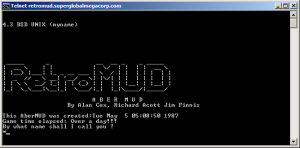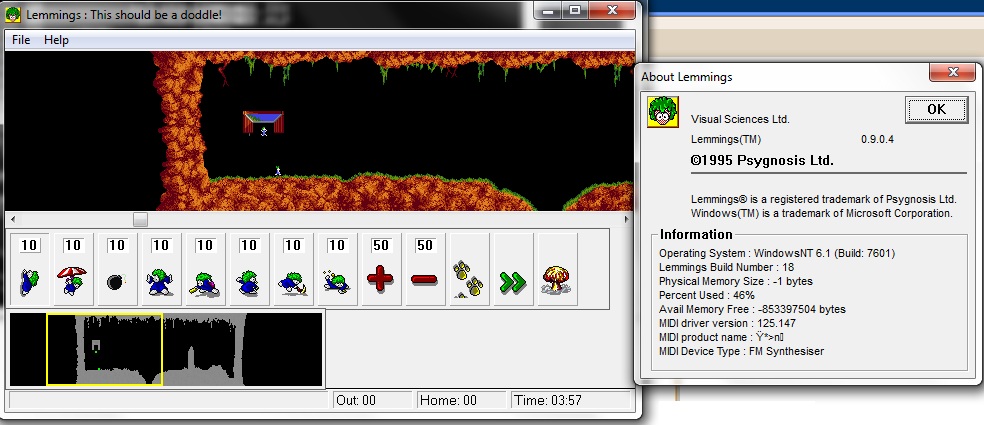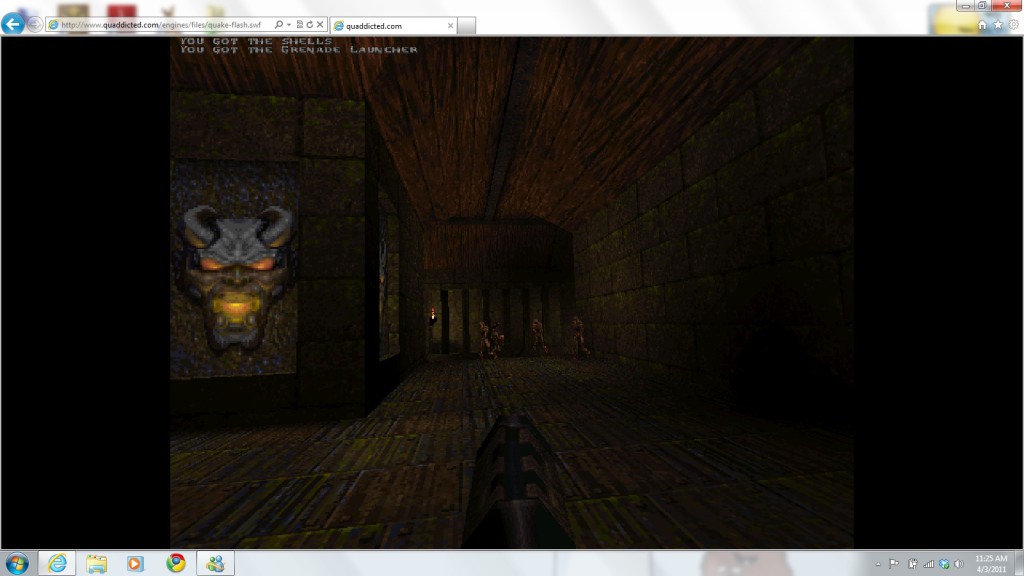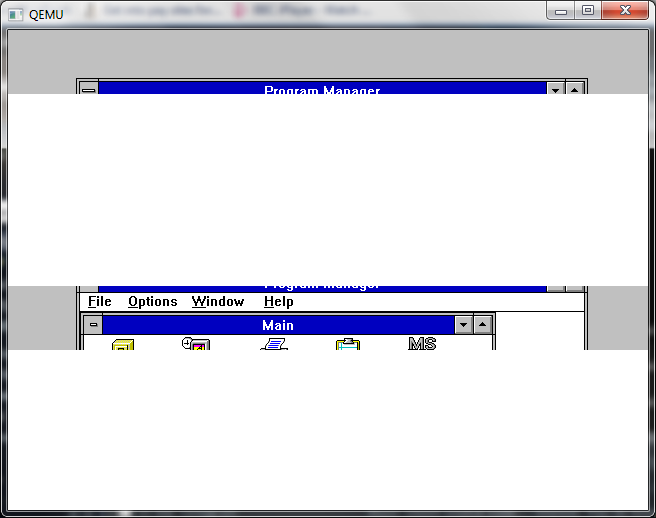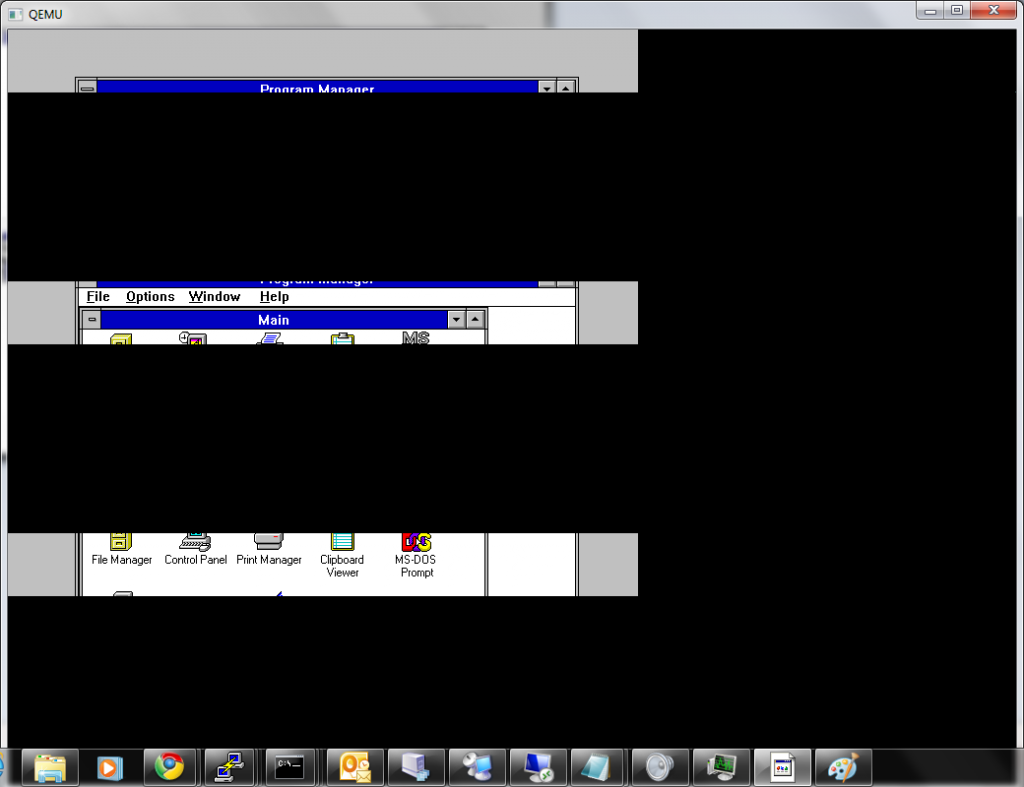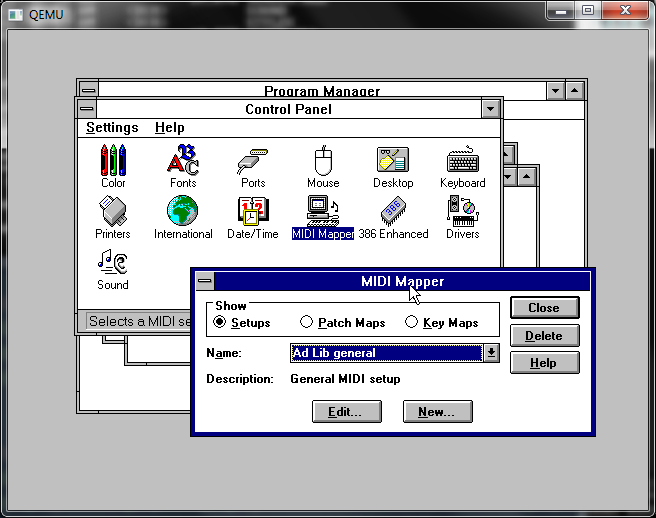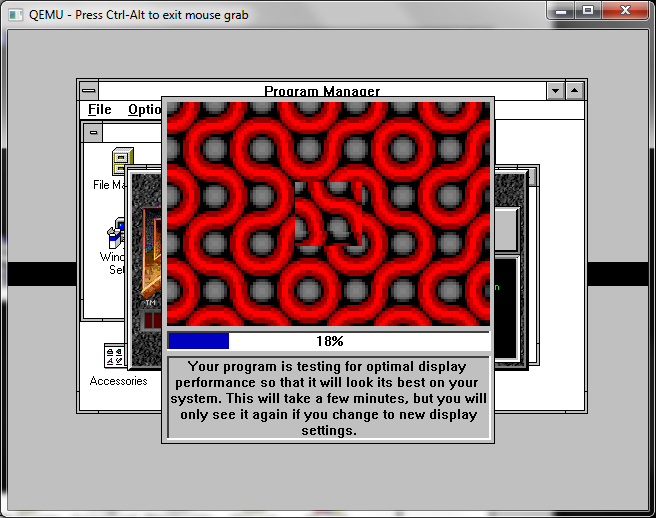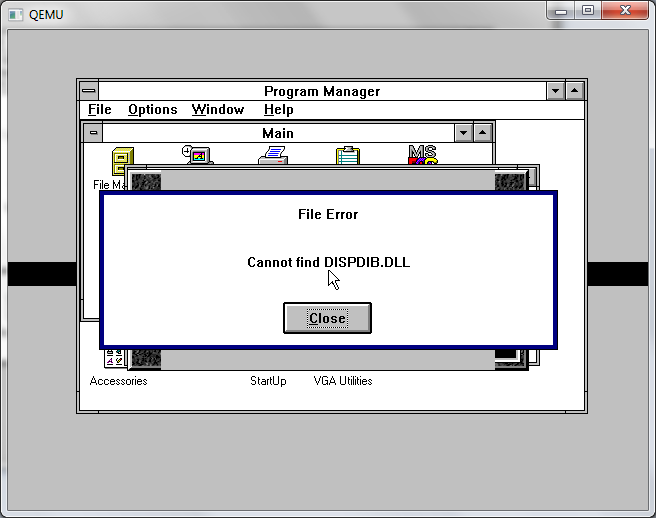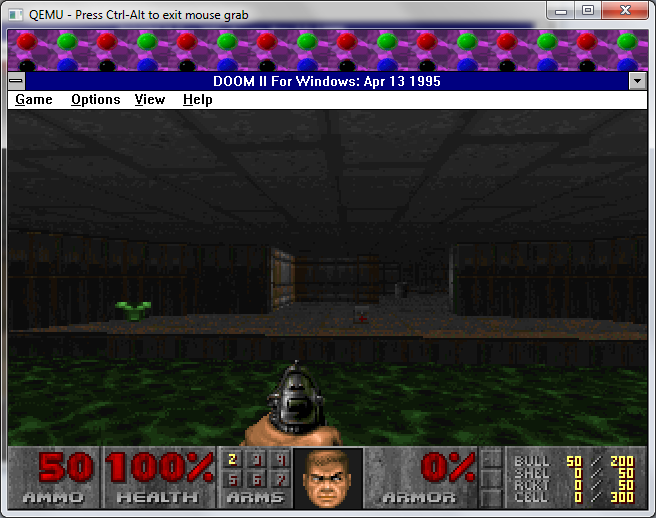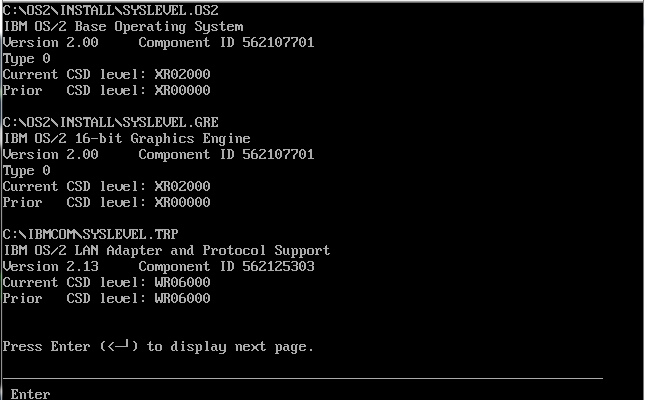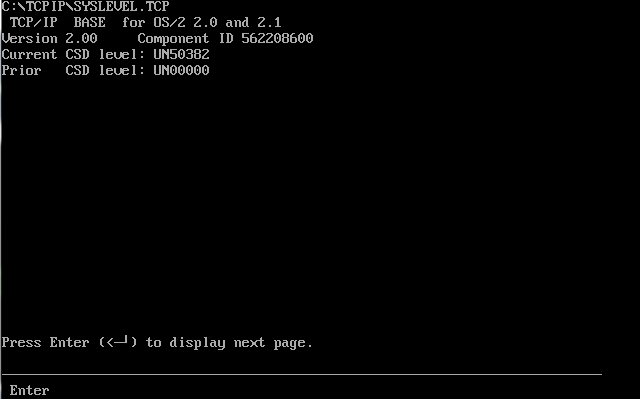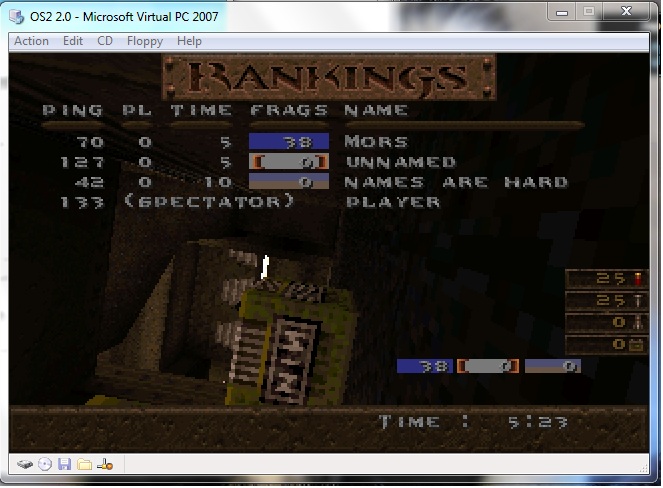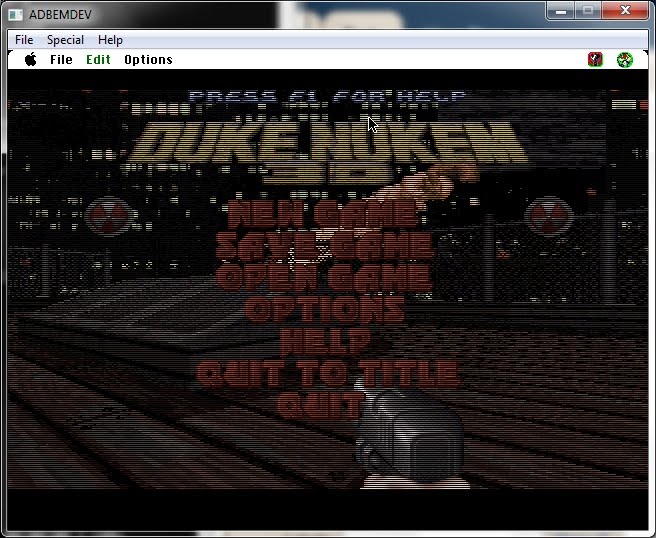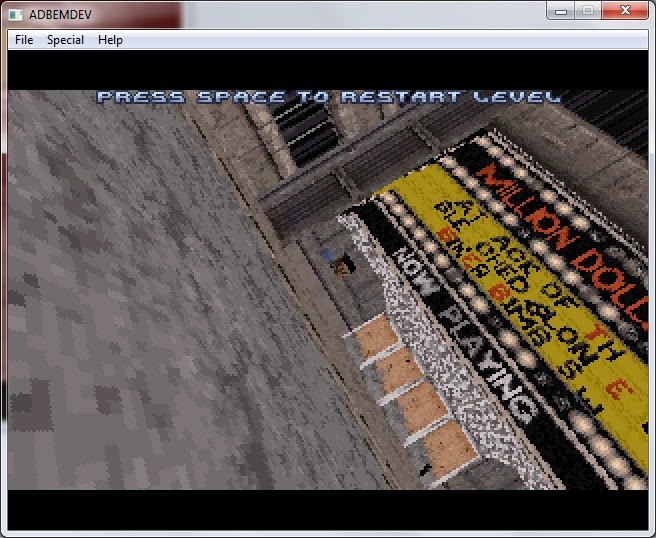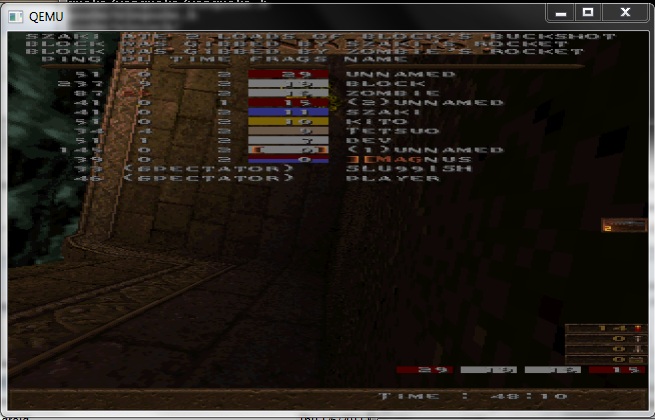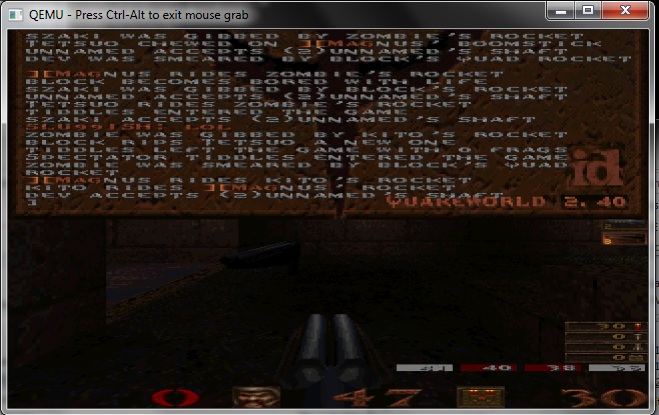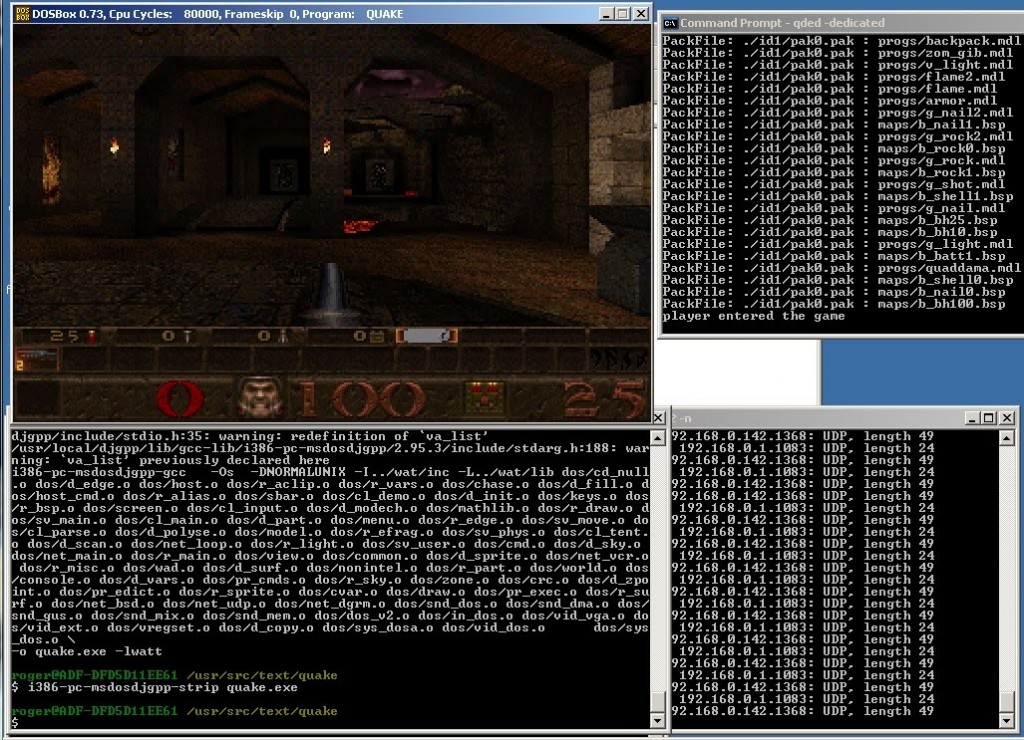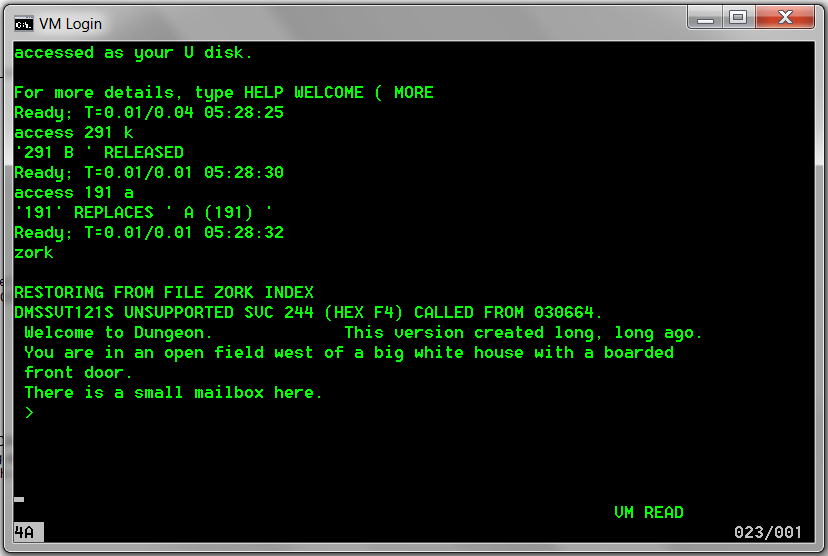I never was that much into MUD’s but after reading this and this, I decided to go for it. Looking here, I thought I’d go with David Kinder’s revamping of the version 2 source.
I figured I’d try to run AberMUD on 2.11BSD / PDP-11 which didn’t go so well.. I know there is issues with the word size (it tries to switch on longs which it doesn’t like, I changed them to int’s and.. well sigbus. Not to mention I had to link with overlays and well.. I get the feeling you actually have to do something not just trust the linker.
32v is just too crusty, along with 3.0 BSD. 4.2 BSD was lacking a few functions (memcpy/strchr) so I grabbed some replacements and it just crashed. Looking back AberMUD dates from the late 1980’s so I figured 4.3 BSD would be a far better match. And I figured 4.3 from Wisconsin would certainly work the best for my needs. This time, only a minimal amount of hacking on the source was required, and more importantly it worked!
So here is a tape file with the source & binary.
The next thing I figured I’d do is put it online. Now my VPS runs a 64bit version of Linux, and seeing this is a VAX exe/OS I’ll need to run it on SIMH. Since I’m going to allow people to telnet it (I guess I could go thru some hell with the serial line mux) I’ll need my SLiRP build of SIMH, which only runs clean as a 32bit exe. So to get things started, first install 32bit support on x86_64 debian like this:
apt-get install ia32-libs
Then using Slackware 13.37, I made my exe, and uploaded it… And it worked fine! I also set the cpu to throttle at 3% so I don’t get into trouble for running 100% of the time, and it’ll be about as slow as a real VAX 11/730… It’s a simple line in SIMH, but I tend to misplace things so here it is.
set throttle 3%
Simple, right?
Well I thought I’d make one more change. I hate those systems that make you login to run the designated program that you went there for in the first place. At the same time, this VM is born to MUD, why not let it MUD all the time? Simply replacing /bin/login with mud.1 let me do just that. And of course I could just add an option in mud.1 to allow me to have a normal OS login. Simple, right? Not to mention it works on the console just fine.
So, let’s connect!
telnet vpsland.superglobalmegacorp.com
I suppose I could hook up flashterm to it later, but for now, telnet on in. I’ve never run a MUD before so I guess we’ll see. Worst case it’ll suck and crash and the only evidence will be the tape image, and this post.

